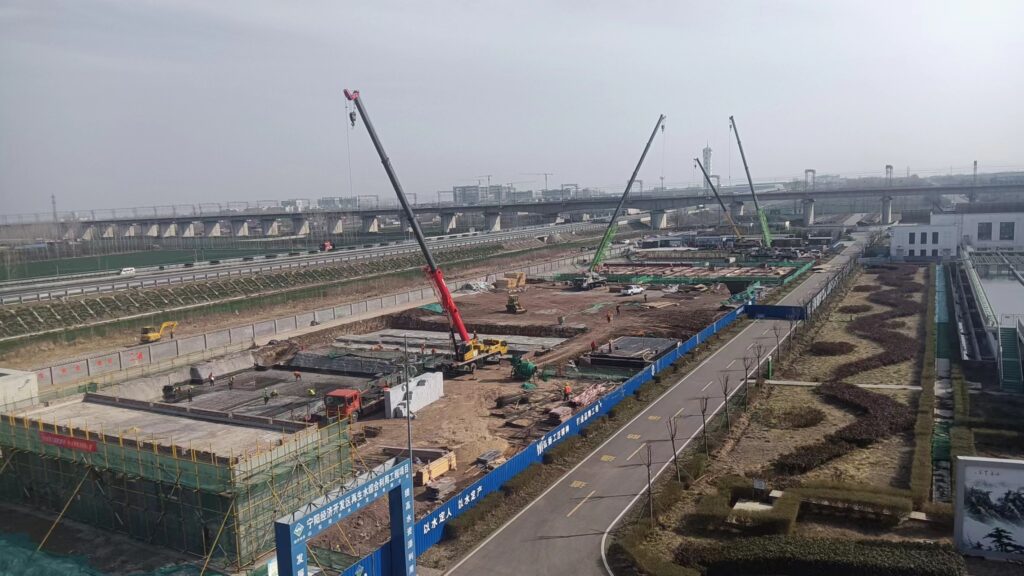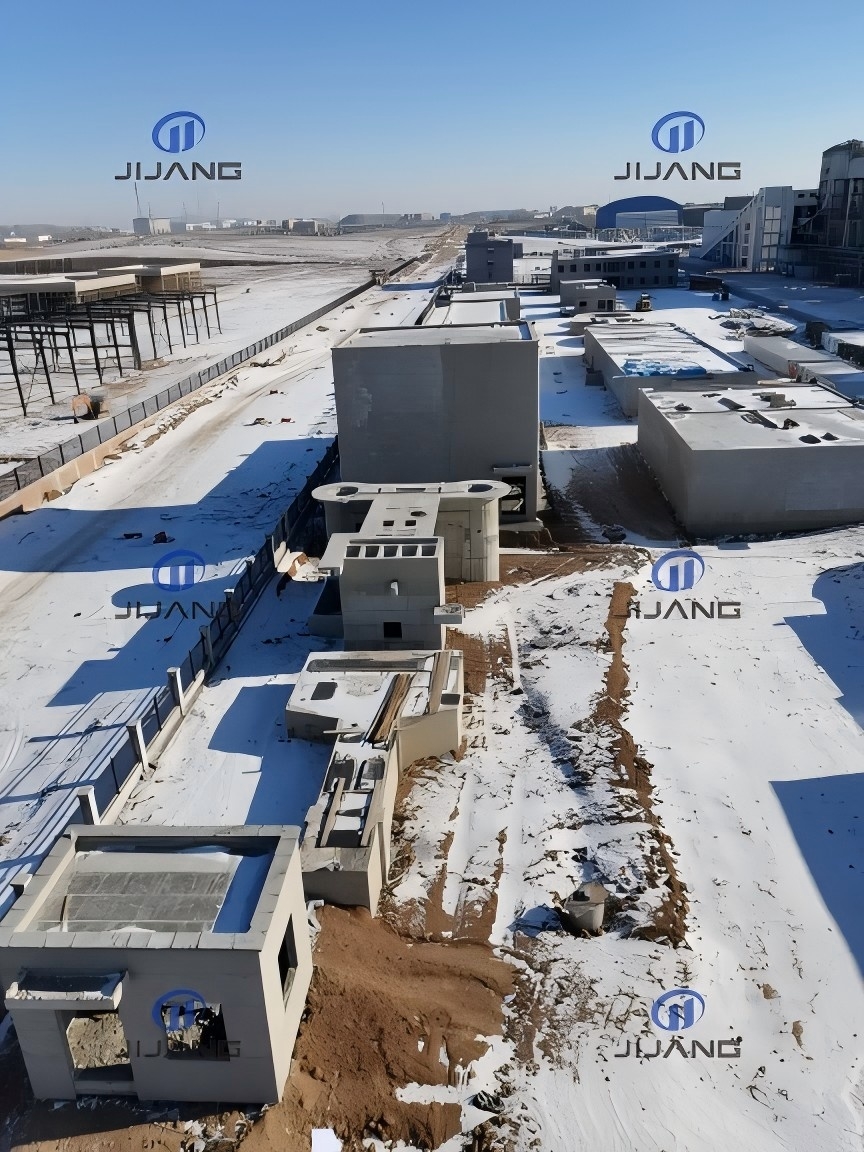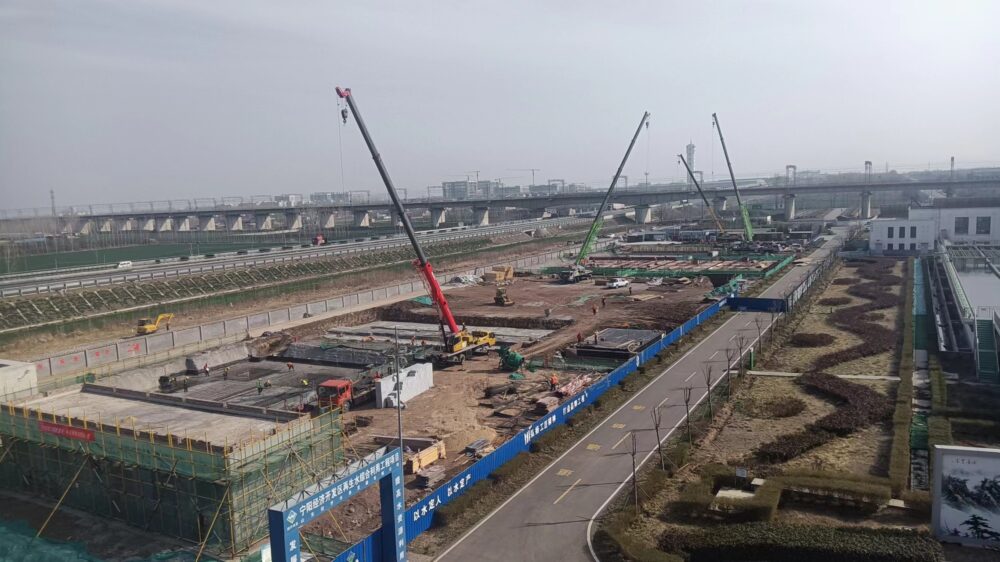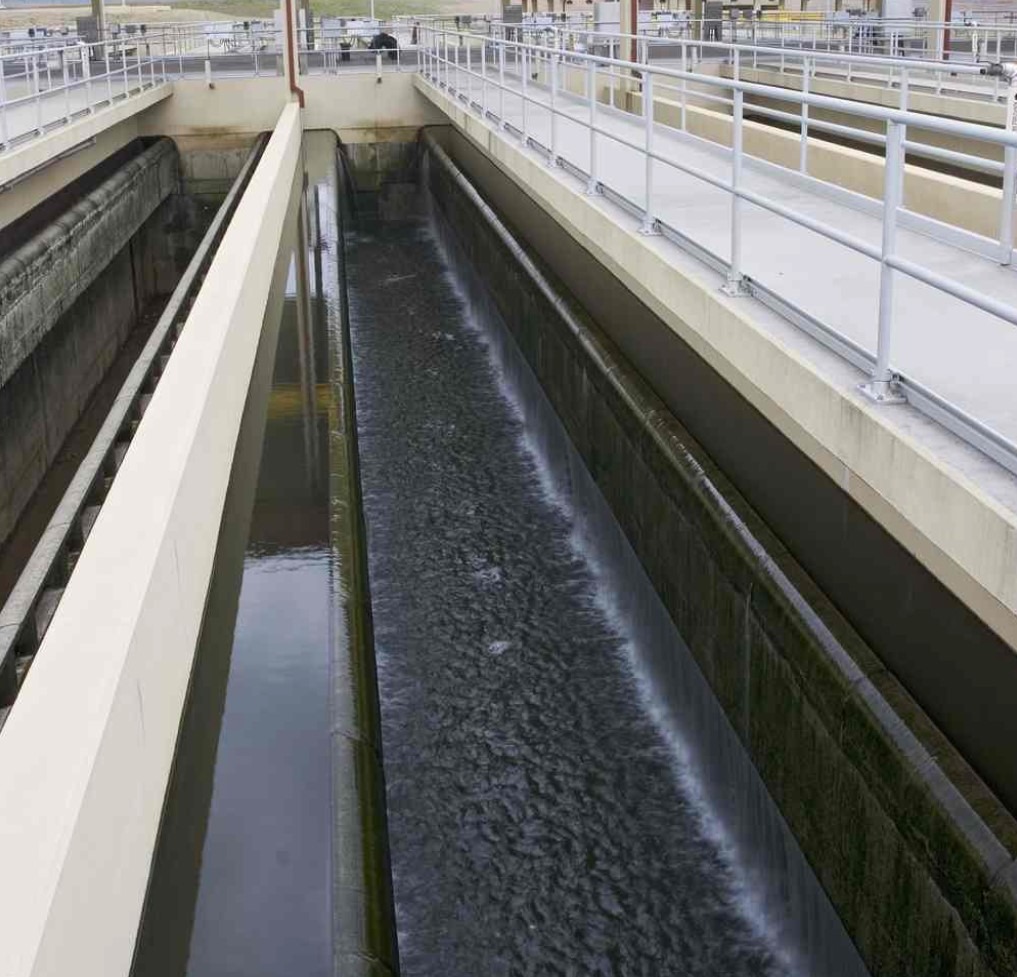Sewage pipe network construction involves multiple key steps, requiring strict adherence to regulations to ensure quality and safety. The following are key points:
1. Construction Process
1.1. Preliminary Preparation: This includes site investigation, developing a construction plan, preparing tools and equipment, and ensuring that construction personnel are qualified.
1.2. Excavation and Subgrade Preparation: Excavate trenches according to the design, create embankments at the excavation site, and prepare the subgrade to ensure it is flat and solid, meeting the requirements for 2. Bearing Capacity.
2.1. Pipeline Layout: Cut and lay pipes according to design requirements, and connect gaskets to ensure alignment of centerlines to prevent misalignment and leakage.
2.2 Backfill and Acceptance: Backfill the soil in layers and restore the surface. Upon completion, conduct a water-tightness test and other inspections.
3. Quality Management
3.1 Pipeline materials must meet relevant standards, such as pipe diameter ≥ DN100, burial depth ≥ 1.2 meters, and a slope of 0.5%-2%.
3.2. Construction must be carried out in sections to minimize impact on traffic and residents. 3.3 Strictly control quality and safety. If the foundation’s bearing capacity is insufficient, a crushed stone cushion layer must be backfilled.
4. Safety Standards
4.1. Confined space operations (such as inspection wells) require approval and the use of protective equipment.
4.2. Avoid illegal subcontracting and falsified qualifications to ensure construction compliance.






